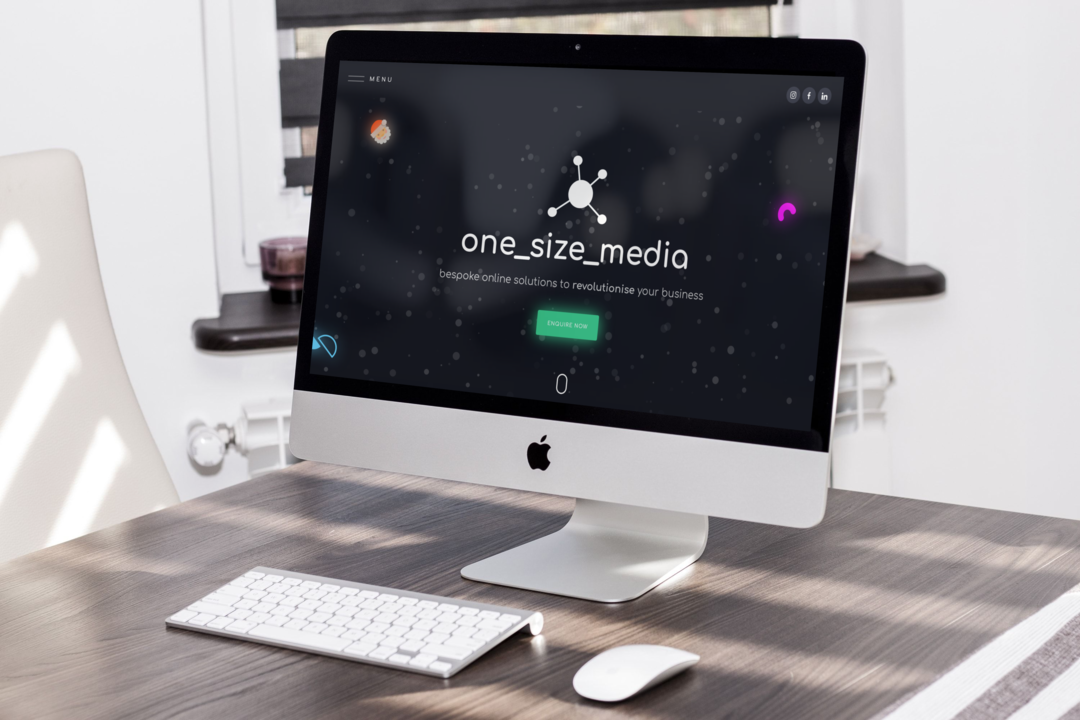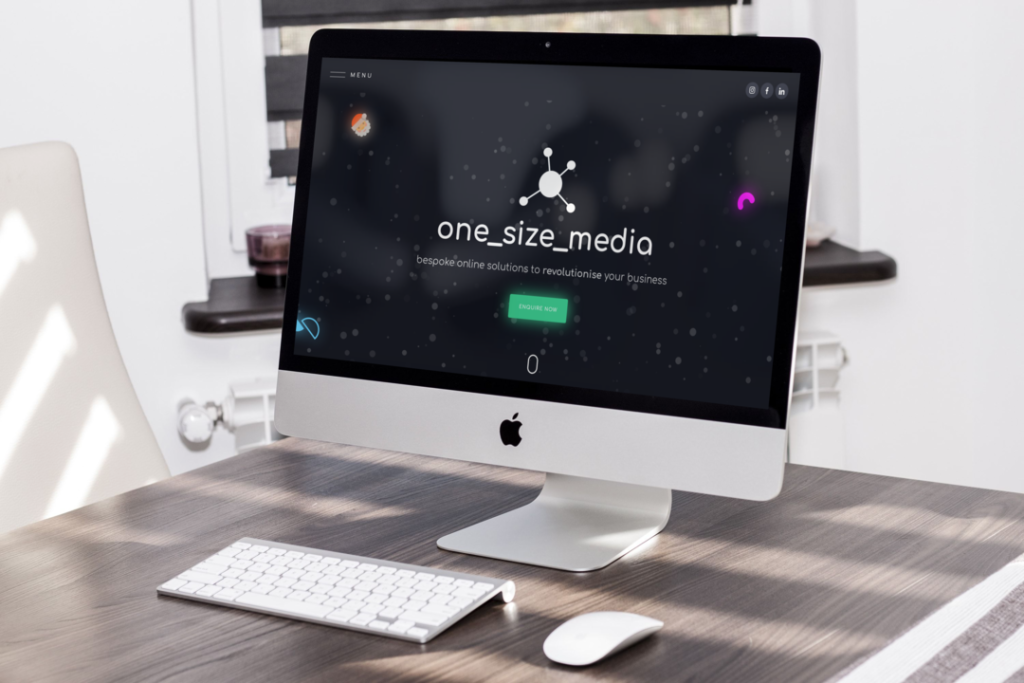
In an age of increasing complexity, it’s easy to forget the importance of simplicity in digital products. We take for granted the simple and powerful experience of Google search, iPhone and WhatsApp.
But what makes this product so effective is not just the design, but the simplicity of the design. Simple Design is about creating a clean, intuitive user interface that delivers a unique user experience quickly and efficiently. But how do we recognize and harness the power of this kind of product design for complex technology?
This post explores the concept of simplicity in design and puts it into practice Let’s dive in!
What is “ease of design” when designing?
Designing for simplicity is difficult, especially when complex technologies are difficult to develop. But it is an essential part of creating an effective and meaningful user experience.
The core of design simplicity is taking into account the technical or abstract goals of the user. It provides a clear path to reach these goals with minimal steps and maximum clarity.
Design aesthetics play an important role in capturing consumer interest. But it should never come at the expense of user experience. Judicious use of visuals, video elements, and UI micro interactions can provide a clean, crisp look and easy UI navigation. But in reality, intelligent design simplifies technology by treating all of these pieces as interconnected pieces of a larger puzzle.
Result? A beautiful and intuitive interface that makes what you need fast and easy even with complex technology.
Designers spend a lot of time thinking about whether their choices will benefit the end user. For example, it’s easy to get carried away with complex animations that look impressive but get in the user’s way.
It is important to know how to simplify design elements. Video games are a good example. If the task becomes too difficult, people will quickly lose interest. Designers should create controls that allow players to complete tasks without being too difficult or confusing.
Simplifying complex technology can be tricky, but having a creative design team makes it much easier. Simplified design leads to higher conversion rates, better user experience, lower costs, and better SEO.
Why choose a simple design?
Complex techniques can be intimidating, especially when used for the first time. Also, its UI/UX design looks complicated and has a lot of features that are hard to understand. However, the development, maintenance, and design of complex technologies require customized, easy-to-use, precise, and sophisticated approaches.
For example, consider Internet technology. The most popular technologies are designed to be simple and elegant, and their functionality is enough to make them effective. Research shows that consumers prefer these products to products with complex designs that irritate people.
Suppose your technique has a lot of “add-ons” or looks daunting at first glance. In this case, you have to go back to the drawing board and remove everything you don’t need and keep the ones that are important to the function of the technology. This makes the product easier to learn and use, benefits customers and makes things easier in terms of maintenance.
In the early days of the web, developers wanted every page to be filled with rich functionality and dynamic design. It’s a way to influence people, but as the complex technology evolved, it quickly became clear that it wouldn’t work.
We’ve found that keeping your website or app simple is the best way to get people interested in your company’s story.
A simple design makes life easier for users and benefits developers. For example, it takes less time to build complex structures that can be destroyed at any time, and you can enter recovery mode instead of building new structures.
Reducing wasted time means more than just saving money. – It also means freeing up energy to create unique and interesting things that appeal to consumers around the world.
Why focus on design simplicity?
-
Easy navigation
Imagine a website filled with some kind of complex information and complex technology. It can potentially overwhelm you and make navigation difficult or impossible. Thus, the user goes around in circles, desperately trying to find something, without reaching the desired destination.
This is why it’s important to keep your website design simple. Get your visitors where they need to be quickly and efficiently. A simple approach prevents visitors from getting lost or confused while navigating your site.
- Highlight important buttons. This button should be separate from other buttons on the page.
- Clear the sidebar – Too many options can paralyze your progress.
- Make your content easy to read. – Use headings and bullet points to highlight important ideas.
- Group Related Pages – This allows users to quickly navigate to related topics.
-
Simpler projects run faster
Sometimes less is better. In the digital world of apps, this concept is especially important when it comes to design. Simple projects are often the best and will run faster than complex ones.
The simple truth is that no one wants to wait for an application to start, especially if it takes more than a few seconds. Too many animated images, videos, and photos can lead to long load times and ultimately drive users away from your app. To prevent this, it makes sense to keep the design simple so as not to unnecessarily slow down download speeds.
One way to speed things up is to completely remove large images and video files. It takes up a lot of storage space and consumes valuable download time. A simple design should always be the ultimate goal as it ensures the best performance of your application and provides a good user experience.
-
Simplicity takes little time to build, perfect for affordability
Designing with a simple layout not only saves time and effort, but also makes your website accessible to anyone, regardless of technical knowledge.
Minimal elements and cluttered design can feel like walking a tightrope when deciding when to prioritize. But the effort will pay off in the end.
In a world of increasing online visitors, websites need features that are easily accessible to all types of people, from tech geeks to those just learning how to use the web. A simple design removes all the flashy, confusing elements from the interface that can sometimes cause confusion or, worse, scare people away from looking at them again.
By removing all these extra bits, you can create a fast-loading, user-friendly interface that everyone will enjoy returning to.
-
Simple code that is easy to debug
Debugging and managing web code can be a complex process that takes time and effort. The simplicity of the design makes this whole process easier and faster.
Less code is needed to create a clean front end, all the main materials stand out and are not cluttered with unnecessary decorative elements. On the backend you get build time and easy debugging when you get your website up and running. Fewer files to process can significantly increase load and response time, which can also help improve your search engine ranking.
-
Smaller files take up less space on the server
A simple website design is not only user friendly, but it also benefits the server side. The download size of the basic web configuration is very small, saving server resources and the bandwidth needed to run.
If your site is small or has little traffic, the savings may not seem like much. However, once your popularity skyrockets or you start hosting content pages, you can potentially save a lot of money. File sizes on complex sites can be as low as 1MB, but some basic homepages can be less than 300KB without adding graphics, resulting in 10 times more visitors to your site at no additional cost.
So, when choosing a website design, remember that sometimes less is better. At first glance, the simple design may seem boring, but it effectively saves server space and provides a pleasant user experience.








